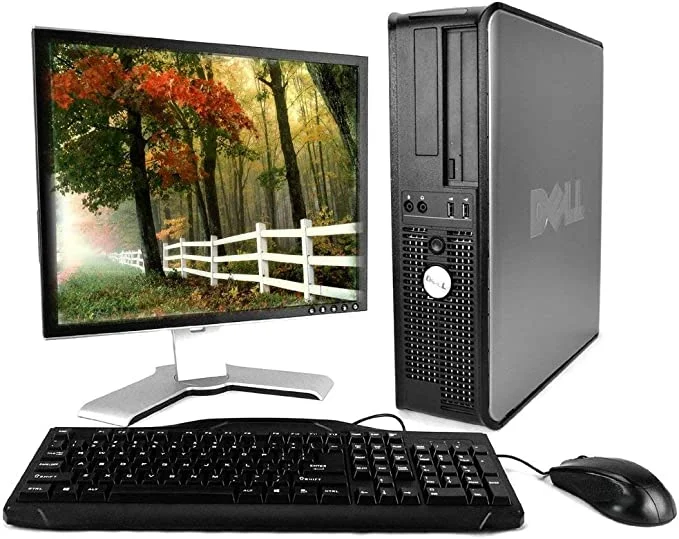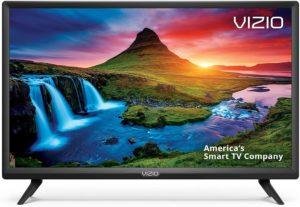Windows Surface vs. Apple iPad

The 12.9-inch Apple iPad Pro is a few hundred dollars more expensive than the iPad Air, but it’s worth the investment if you want an iPad with a bigger screen. The additional space is especially useful for multitasking, or if the iPad is your primary drawing tool and you need the biggest canvas you can get. Compared with the iPad Air, the iPad Pro has a smoother-looking screen that refreshes 120 times per second instead of the usual 60, and it has a nicer rear-facing camera and a somewhat faster processor, too. But as with other iPads, its support for external monitors is limited, and Apple’s first-party keyboard options are expensive.
After reading this post why not checkout the iPads and Tablets my Website
If you want a nice, light Windows tablet to browse or draw on for short stretches but you also want a laptop with a full workday’s worth of battery life and enough processor and graphics power to run 3D drafting apps or play PC games, the Microsoft Surface Book 3 (13.5-inch) is your best choice. It costs a lot of money: Typically our recommended configuration is $2,000, an amount that buys you a Core i7 processor, an Nvidia GeForce GTX 1650 graphics processor, 16 GB of memory, and 256 GB of storage. But it also has a stable, laptop-style base with a great keyboard and trackpad plus a useful array of ports, and the display doubles as a tablet that’s remarkably light for its size when undocked. The Surface Book’s two batteries—one in the tablet itself and one in the base—mean it has excellent battery life, as well.
The standard Apple iPad (8th generation) can do virtually anything the iPad Air or iPad Pro can do—it runs the same library of tablet-friendly apps, multitasking works the same way, and it has a Smart Connector for you to attach an external keyboard. But compared with the Air and Pro models, the standard iPad’s screen isn’t as large, it has a Lightning port instead of the more useful and versatile USB-C, and it still uses the first-generation Apple Pencil, which isn’t as nice to hold as the second-generation Pencil and is more awkward to pair and charge. But for $200 less than the cheapest iPad Air, there’s no better value if you want to get work done on a tablet (as long as you can work around iPadOS’s limitations).









